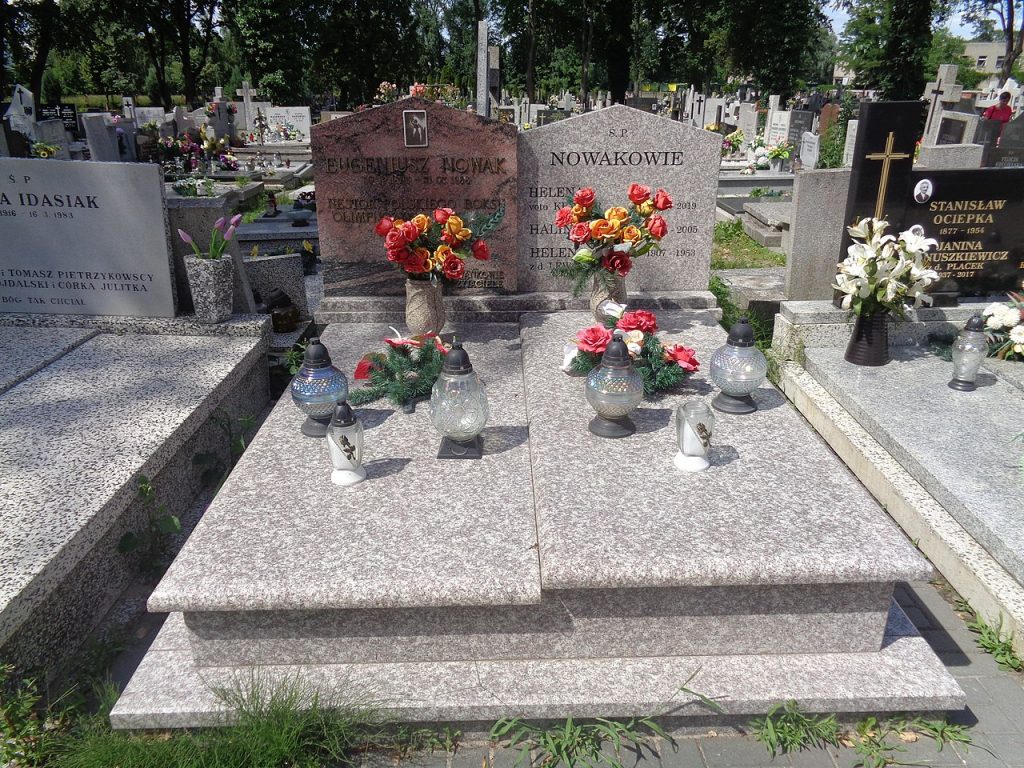181 Religious Practices After Death
Martha Lally; Suzanne Valentine-French; and Dinesh Ramoo
Funeral rites are expressions of loss that reflect personal and cultural beliefs about the meaning of death and the afterlife. Ceremonies provide survivors a sense of closure after a loss. These rites and ceremonies send the message that the death is real and allow friends and loved ones to express their love and duty to those who die. Under circumstances in which a person has been lost and presumed dead or when family members were unable to attend a funeral, there can continue to be a lack of closure that makes it difficult to grieve and to learn to live with loss. Although many people are still in shock when they attend funerals, the ceremony provides a marker of the beginning of a new period of one’s life as a survivor. The following are some of the religious practices regarding death; however, individual religious interpretations and practices may occur (Dresser and Wasserman, 2010; Schechter, 2009).
Hindu: The Hindu belief in reincarnation accelerates the funeral ritual, and deceased Hindus are cremated as soon as possible. However, not all Hindus are cremated and some Hindus bury their dead. This is mandatory for those who have renounced material life and become monks or hermits. After being washed, the body is anointed, dressed, and then placed on a stand decorated with flowers ready for cremation. Once the body has been cremated, the ashes are collected and, if possible, dispersed in one of India’s holy rivers or the sea.
Judaism: Among the Orthodox, the deceased is first washed and then wrapped in a simple white shroud. Males are also wrapped in their prayer shawls. Once shrouded, the body is placed into a plain, wood coffin. The burial must occur as soon as possible after death, and a simple service consisting of prayers and a eulogy is given. After burial the family members typically gather in one home, often that of the deceased, and receive visitors. This is referred to as “sitting shiva.”
Muslim: In Islam, the deceased are buried as soon as possible, and it is a requirement that the community be involved in the ritual. The individual is first washed and then wrapped in a plain white shroud called a kafan. Next, funeral prayers are said followed by the burial. The shrouded dead are placed directly in the earth without a casket and deep enough not to be disturbed. They are also positioned in the earth, on their right side, facing Mecca, Saudi Arabia.

Roman Catholic: Before death an ill Catholic individual is anointed by a priest, commonly referred to as the “anointing of the sick.” The priest recites a prayer and applies consecrated oil to the forehead and hands of the ill person. The individual also takes a final communion consisting of consecrated bread and wine. The funeral rites consist of three parts. First is the wake that usually occurs in a funeral parlour. The body is present and prayers and eulogies are offered by family and friends. The funeral mass is next, which includes an opening prayer, bible readings, liturgy, communion, and a concluding rite. The funeral then moves to the cemetery where a blessing of the grave, scripture reading, and prayers conclude the funeral ritual.
Media Attributions
- Figure 10 11 © Lukasz2 is licensed under a CC BY (Attribution) license

